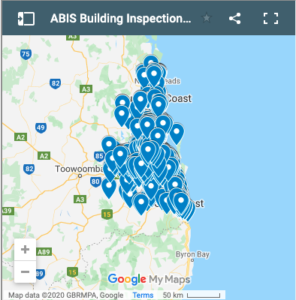Teneriffe (4005)
Located almost in the centre of Brisbane, about 3 km from the CBD, Teneriffe (4005) was originally settled by James Gibbon who purchased large tracts of land in the area and, in 1865, built a house he called Tenerife after a town in the Canary Islands. The property continues to this day on Teneriffe Hill, along with a multitude of other historically listed sites in the suburb. In the 1890s Gibbon’s land was subdivided into residential allotments for auction. Horse-drawn trams served the area beginning in 1885 but were replaced by electric trams in 1897 which were operational until 1962. Now easy access to Brisbane city and other riverside suburbs is provided by a regular City Cat service on Brisbane River.
Teneriffe was a key centre for wool trading in the past, with the first store opened in 1909 and the last constructed in the 1950s. In 1927, the Duke and Duchess of York opened the largest wool stores in the area, capable of storing 24,000 bales. However, this trade disappeared as container ships increasing deposited their cargo at the Port of Brisbane.
Tenerife was also the site of a significant submarine base in World War II with around 60 Australian, British and American vessels using the facilities.
Today, with the transformation of the old wool stores into high density upmarket residential apartments and high streets with boutique shopping and cafes, Teneriffe has emerged from being a run-down and neglected inner-city industrial area to a vibrant, affluent community of about 4700 upwardly mobile young professionals and well-heeled retirees. This recent influx of residents has increased the rate of this gentrification process.




